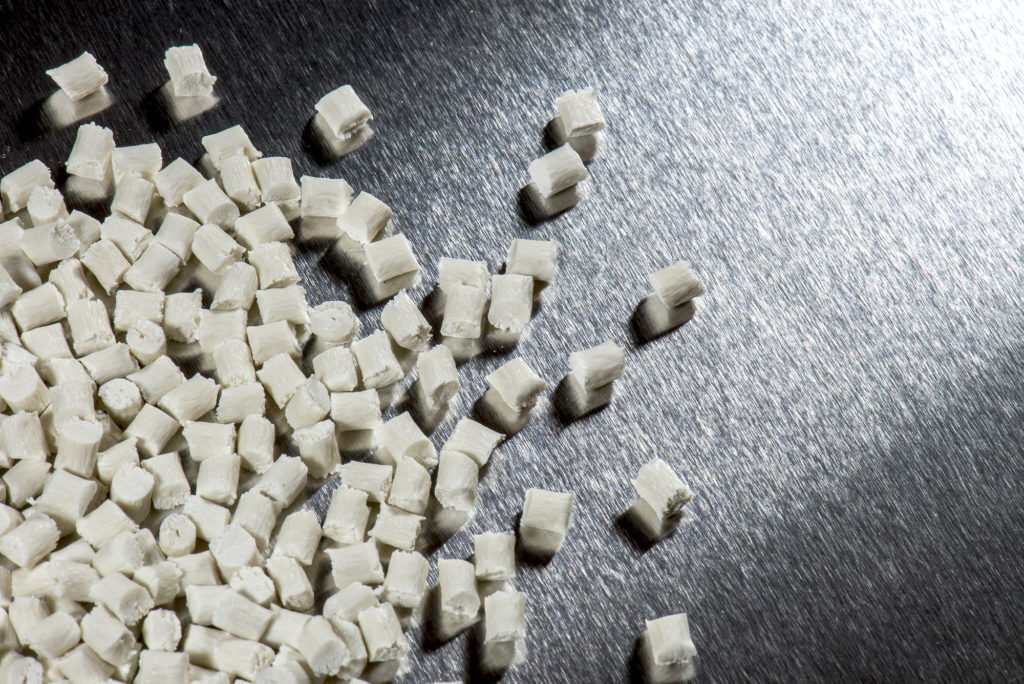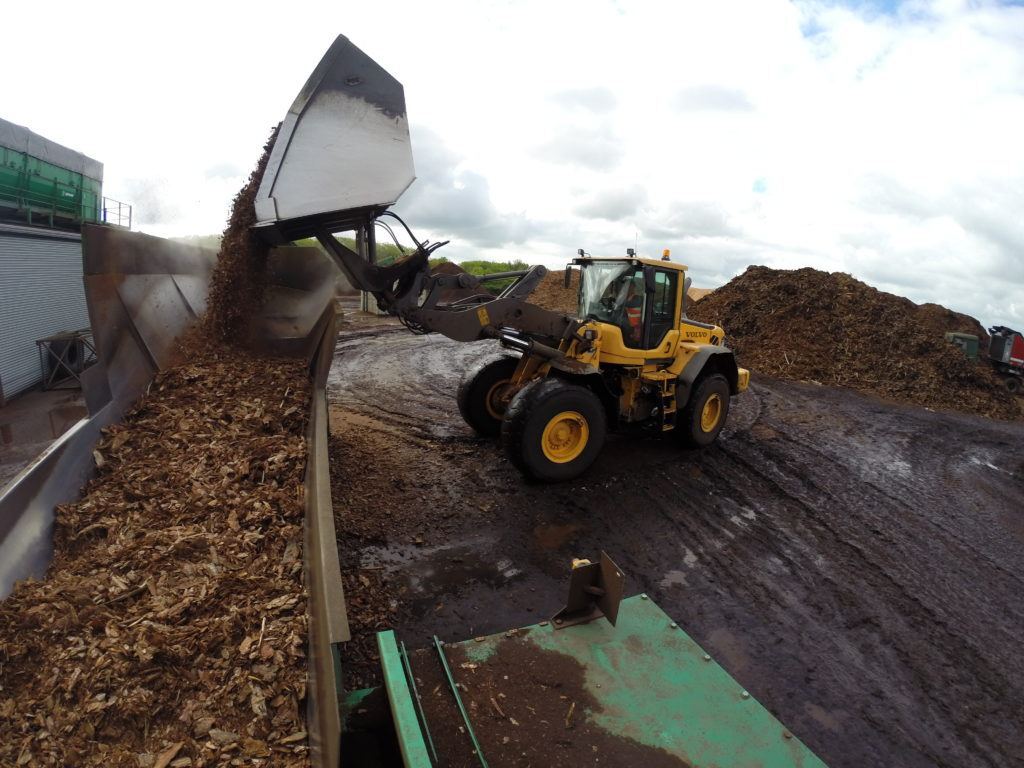Forests cover more than thirty percent of the planet. Consumers and conservationists alike, understand the value of trees, whether you’re battling climate change or picking out the perfect wood coffee table. However, most people operate under the impression that the only way wood can find a new life is by burning it in a fire.
But thanks to some innovative minds, clean wood recycling may just be the wave of the future. Have you ever asked yourself, “Can wood be recycled?” Well, prepare to be amazed.
The University of Toronto Wants to Save the World
At the moment, the school of Forestry at the University of Toronto is working alongside American automaker Ford to research new means of wood recycling. Led by the Dean of Forestry Mohini Sain, researchers at the University of Toronto have set about recycling wood for use in industries that range from automotive to nano-technology.
In the past few years, Mohini Sain has overseen the production of several life-altering products at the School of Forestry. They’ve been credited with creating a wood-based gel, known as a nano-cellulose, that can help augment everything from makeup to paint, and can even be added to food products like yogurt and gelatin.
On another floor of the school, technicians have built a machine that transforms common wood pulp into styrofoam-like pellets that can be made into a malleable, plastic-like compound that is heat resistant, as well as lighter and stronger than current plastic alternatives. And, of course, the parts they can create from the compound are varied, but currently, they are focusing on the automotive applications behind the product. Cam covers, battery covers, oil pans, and more are all possible with this wood-based plastic compound. They’ve also been working on another material called rigid lignin – a foam that can be used in place of styrofoam inside car bumpers.
Focus on Improvement
However, this wood-based plastic has surpassed its predecessors by not only being lighter, more flexible, and portable – but also renewable. Add this to an arsenal of lighter, stronger and heat resistant qualities, and you’ve got a revolutionary step towards sustainability.
Imagine one of the world’s most sought-after manufacturing products reproduced with renewable resources. With additional testing and support, these exciting products are making their way toward viable commercial use – provided the University of Toronto continues to fund the currently endangered department.
Embracing the Future Today
While there is still some time until these revolutionary techniques and products hit the market, you can begin to think about the future of state-of-the-art equipment, today. General Kinematics produces the world’s best vibratory equipment for the world of forestry, wood and biomass processing.
Our entire line of equipment, from our vibratory screens to our feeders and conveyors are some of the most distinguished in the industry. No matter the demands of your specific small business, one of our processing technologies is sure to make things easier. Contact GK today and start looking toward the future.








